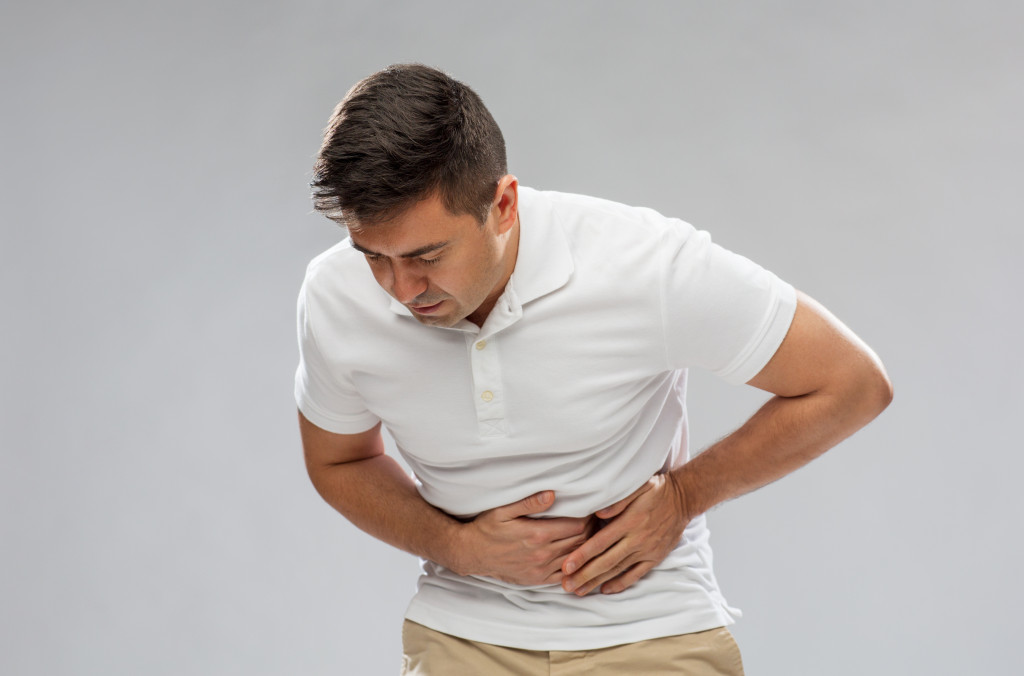Do you know that feeling when your stomach starts to hurt? It’s not pleasant. And more often than not, it’s because of something you ate. Maybe you shouldn’t have had that second helping of pasta. Or maybe you should have stayed away from that questionable street meat. Either way, you’re now paying the price for your poor choices. But it doesn’t have to be this way. By being more mindful of what you eat, you can avoid stomach pain and other unpleasant side effects.
However, identifying a food you should avoid can be difficult. Here are a few signs to look for to help you make better choices:
If it’s discolored
If you’re wondering whether that milk has gone bad or if that chicken is still safe to eat, then discoloration is usually a pretty good indicator. When food starts to change color, it’s a sign that the nutrients are beginning to break down and that the food is starting to spoil.
Of course, there are always exceptions to the rule (like with certain types of fruits and vegetables), but generally, if the food doesn’t look right, it’s probably not safe to eat. So, when in doubt, it’s best to stick on the side of caution and throw it out. After all, you don’t want to get sick just because you want to save a few dollars.
If it smells bad
Have you ever found a food container in the back of your fridge that you’re not sure how long it’s been there? If the food smells bad, it’s probably not safe to eat. When food spoils, it emits an unpleasant odor. This is because spoilage bacteria produce foul-smelling gases as they break down the food.
According to the USDA, the smell is the best way to tell if you can’t tell whether food is spoiled just by looking at it. If the food doesn’t smell right, don’t take a chance — throw it out. However, there are a few exceptions to this rule. For example, some cheeses, like Gorgonzola and brie, are supposed to smell bad. And while cabbage and Brussels sprouts usually don’t smell great either, if they’ve started to stink, it’s best to be safe and toss them out.
So when in doubt, go by your nose — if the food smells bad, it’s probably not safe to eat.
If it’s been out for a long time
You’ve probably been in this situation before: you’re at a party or potluck, and you see a dish of food that’s been sitting out for a while. It looks tempting, but you know that if the food has been sitting out for more than two hours, it’s not safe to eat. That’s because bacteria can grow very quickly at warm temperatures, and those bacteria can cause food poisoning.
So how can you tell if the food is still safe to eat? The best way is to use a food thermometer. Stick the thermometer into the center of the dish, and make sure that the temperature is above 140 degrees Fahrenheit. If it’s not, then it’s best to be cautious and throw it out.
If it has been tampered with
If you think the food you’re about to eat has been tampered with, it’s probably best to be careful and not eat it. There are a few different ways to tell if food has been tampered with, and if any of these are present, the food is likely not safe to eat.
First, look for any signs of physical tamperings, such as opened packages or broken seals. Second, check for any unusual textures indicating the food has been tainted. And finally, if the food is past its expiration date or from an unknown source, it’s best to avoid it. If you’re ever in doubt, it’s better to play it safe and not eat the food.
If touching or being close to the food causes you to itch or sneeze
If you have a food allergy or sensitivity, you may experience itching or sneezing when you come into contact with the food. This reaction is caused by your immune system, which recognizes the food as an invader and tries to protect your body by releasing histamines. While this reaction is usually not life-threatening, it can be very uncomfortable.

If you suspect that you have a food allergy or sensitivity, the best thing to do is see a doctor for food allergy and sensitivity testing. This test is vital for those who want to ensure that they are not consuming anything that could potentially harm them. There are a variety of different tests that can be done to determine if someone has an allergy or sensitivity to certain foods. These tests include skin prick, blood, and elimination diets. Whichever test you take, it’s important to confirm if a certain food is indeed giving you an allergic reaction so you can avoid it in the future.
Once again, here’s how you can tell if a food is not safe for you to eat: If it’s discolored, smells bad, or has been out for a long time- these are all signs that the food might be unsafe. Another thing to watch out for is whether or not the packaging has been tampered with. And finally, if touching or being close to the food causes you to itch or sneeze, then it’s probably best to avoid eating it altogether.





